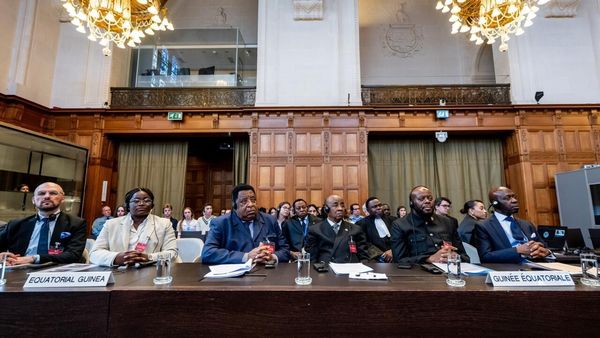
In Fukuoka Prefecture there sits a temple that was erected by a late, legendary yokozuna to honor one of his daughters who died in childhood.
The Nichiren sect temple, called Myoon Kyokai, in Chikushino was established while Futabayama was serving as chairman of the Dainihon Sumo Kyokai, the predecessor for the present-day Japan Sumo Association.
The temple is still maintained by his family.

This year marks the 50th anniversary of the passing of the 35th yokozuna, who achieved an unprecedented 69 consecutive wins back when there were only two tournaments per year.
Futabayama, who was born in 1912 in Usa, Oita Prefecture, as Sadaji Akiyoshi, is still among the most respected names in the sport, praised by former and current yokozuna and ozeki alike. He is still called the "unparalleled yokozuna."
In 1927 when he was 15 years old, he entered the Tatsunami stable. At 20, he made his debut in the makuuchi division.
On the seventh day of the Spring Grand Sumo Tournament in January 1936, he recorded the first of what would be an amazing 69 consecutive wins. At the Summer Grand Sumo Tournament in May of the same year, he earned promotion to ozeki. A year later, he became the 35th yokozuna.
He won 12 top-division championships, eight with perfect records. Though there are currently six tournaments a year, there were only two at that time. His undefeated streak lasted over a span of three years.
Futabayama retired from the ring after the Autumn Grand Sumo Tournament in November 1945, shortly after the end of World War II. The following year, he assumed the sumo elder name Tokitsukaze.
He took on the position of Dainihon Sumo Kyokai chairman in 1957 when he was 45. In his time at the helm, he advanced the modernization of the association by introducing a monthly salary for sumo elders and wrestlers, and added retirement systems.
But tragedy struck in 1964, when his second daughter, Hiroko, died of cancer. The following year, he built the Myoon Kyokai temple to mourn her soul.
Three years later, he died of fulminant hepatitis when he was chief of the Japan Sumo Association.
Futabayama became an adherent of the Nichiren sect when he was 18. According to his family, he never missed chanting a sutra and performing cold water ablutions for two to three hours before training in the morning -- even after he became a stable master.
He did so because he wanted to express his mourning for the death of his daughter. Such a wish has been passed on to his family -- his son, daughter-in-law and three grandchildren.
A story about the Akiyoshi family will appear in the next column.
-- Miki is a sumo expert.
To find out more about Japan's attractions, visit http://the-japan-news.com/news/d&d
Read more from The Japan News at https://japannews.yomiuri.co.jp/







